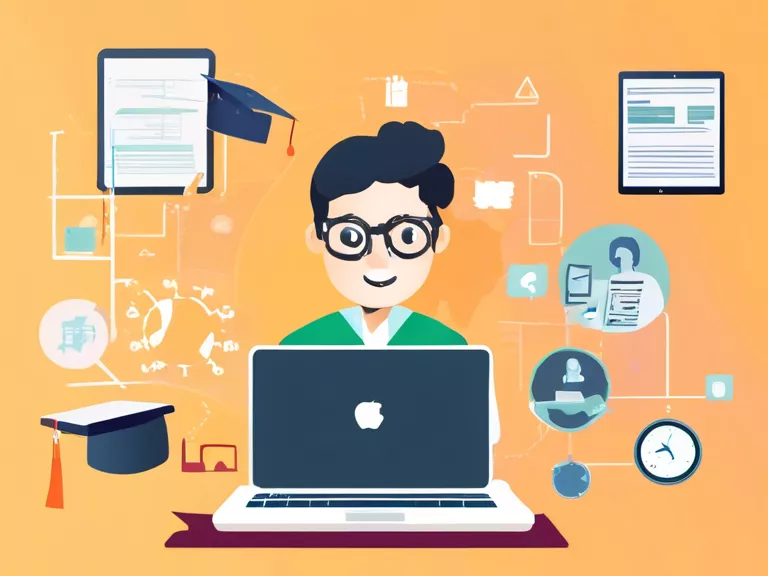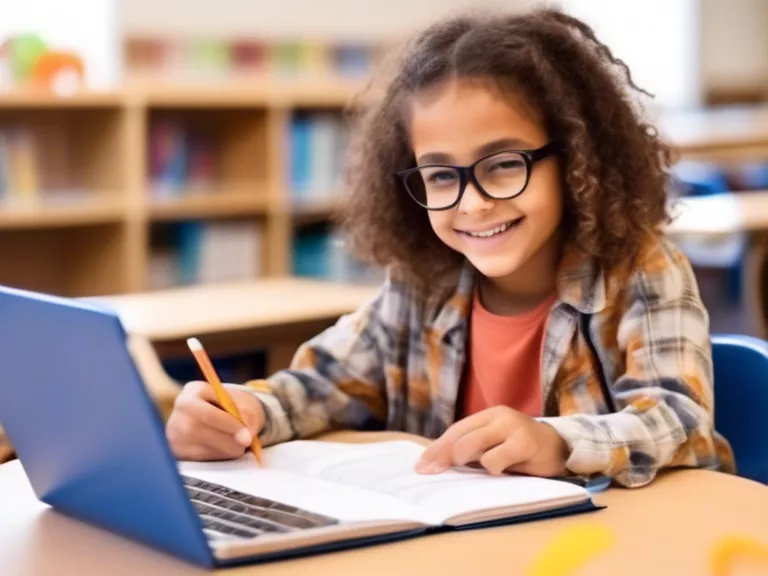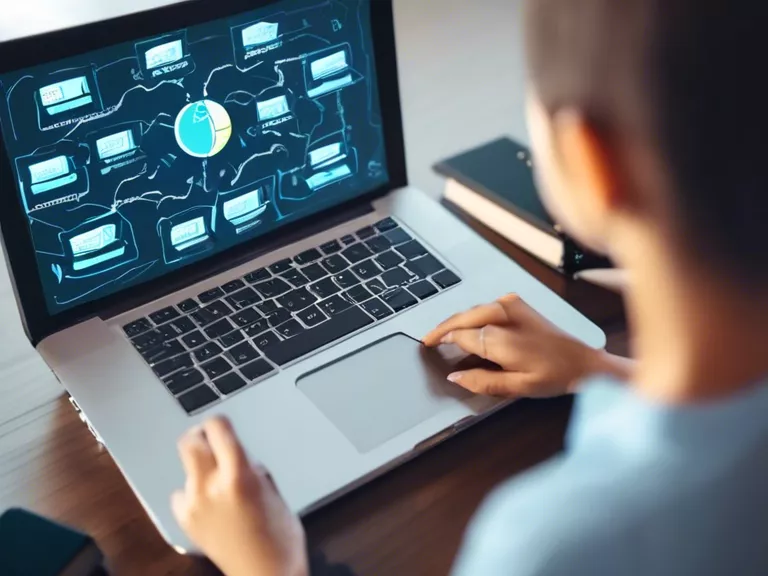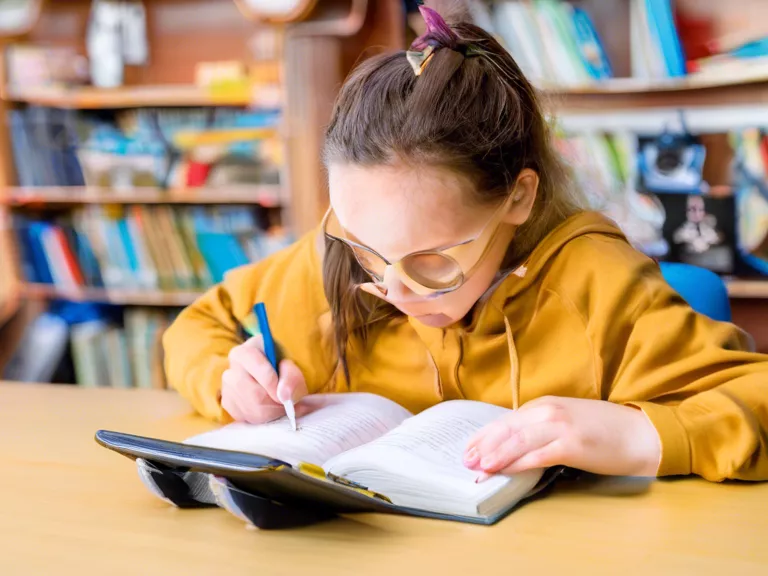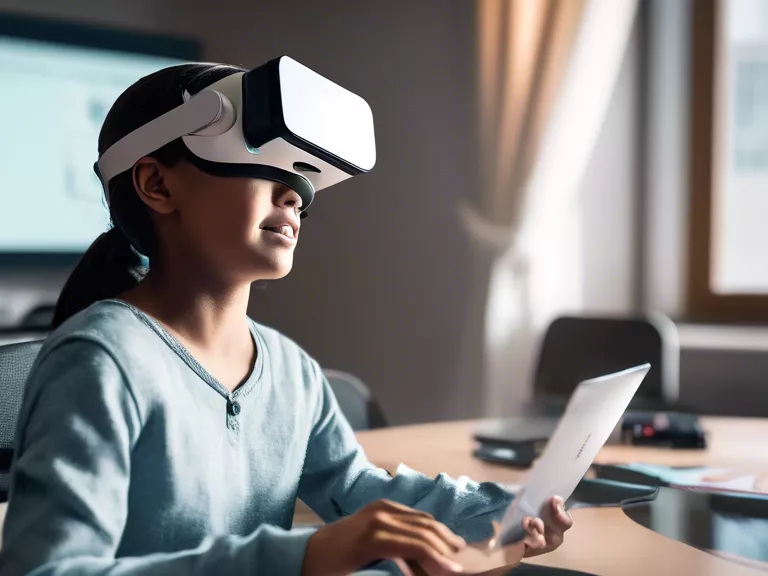
How Virtual Classrooms are Enhancing Learning Experiences
In recent years, technology has revolutionized the way education is imparted to students. Virtual classrooms, in particular, have emerged as a powerful tool in enhancing learning experiences for students of all ages. These online platforms offer a wide range of benefits that traditional classrooms may not provide. Let's explore how virtual classrooms are reshaping the educational landscape.
Flexibility and Accessibility
One of the key advantages of virtual classrooms is the flexibility they offer. Students can access course materials and participate in discussions at any time, from anywhere, as long as they have an internet connection. This flexibility allows students to juggle their studies with other commitments, such as work or family responsibilities. Additionally, virtual classrooms provide accessibility to students who may have physical disabilities or live in remote areas, giving them the opportunity to receive quality education.
Engaging Learning Environment
Virtual classrooms are designed to be interactive and engaging. Through features such as live video conferencing, chat functions, and interactive whiteboards, students can actively participate in discussions and activities. This interactive learning environment helps to keep students motivated and focused, leading to better retention of information.
Personalized Learning
Virtual classrooms allow for personalized learning experiences. Teachers can tailor their lessons to meet the individual needs of each student, providing additional resources or support as needed. This personalized approach can help students learn at their own pace and in a way that suits their unique learning style.
Collaborative Opportunities
Virtual classrooms facilitate collaboration among students from different geographical locations. Through group projects, discussion forums, and virtual study groups, students can work together to solve problems and share ideas. This collaborative approach not only enhances the learning experience but also helps students develop important teamwork and communication skills.
Real-time Feedback
Virtual classrooms enable teachers to provide real-time feedback to students. Through online quizzes, polls, and assessments, teachers can gauge student understanding and progress instantly. This immediate feedback allows students to address any misconceptions or gaps in their learning quickly, leading to a more effective learning experience.
In conclusion, virtual classrooms are transforming the way education is delivered and received. By offering flexibility, engagement, personalization, collaboration, and real-time feedback, virtual classrooms are enhancing learning experiences for students around the world.
